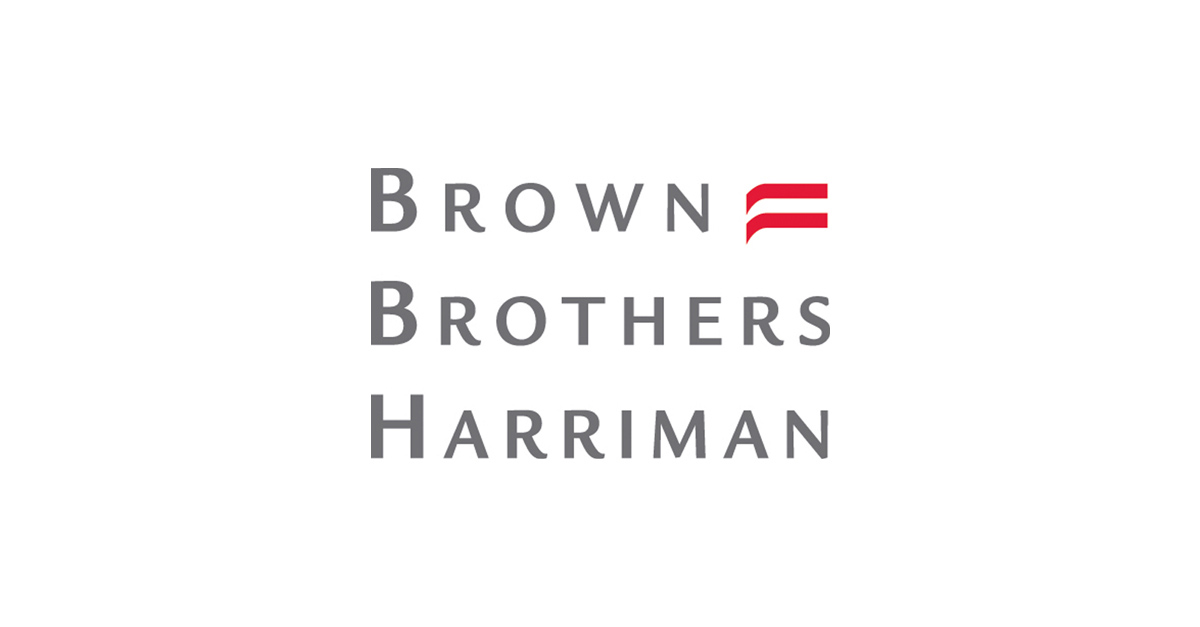Investors' inability to access ETFs via their wealth management platforms is driving demand for issuers to create non-ETF share classes on their existing ETF ranges.
The creation of a non-ETF share class on an ETF, labelled the “inverse-Vanguard” model, allows investors to buy shares directly from the ETF issuer as opposed to buying the shares at the trading venue.
Investors can often face challenges accessing ETFs directly through their platforms, with many much more comfortable accessing strategies via the mutual fund route.
Last month, PIMCO proposed plans to introduce the ability to implement non-ETF share classes on its range of nine fixed income ETFs, and any further ETFs it creates in the future.
Sergey Dolomanov, partner at William Fry, said the move was likely to give investors who prefer mutual funds to invest within the non-ETF share class, subscribing for shares directly with the issuer at the net asset value as opposed to buying the shares on a trading venue.
Andrew Craswell, European head of ETF services at Brown Brothers Harriman agreed, adding: “It is a common pushback for some investor types, most commonly the platforms, which have challenges in terms of their ability to access and book ETF shares onto their platform.
“This mechanism opens up that channel for them to now be able to go into these products.”
Craswell said larger platforms have been making “great progress” with the introduction of direct execution which gives them the ability to purchase ETF shares, however, added there is a “tail of platforms and advisors that still prefer to access strategies via the mutual fund approach”.
“It is becoming more common [for asset managers to add non-ETF share classes] and there are a few out there now that have added the feature to their prospectus,” he said.
Operational challenges
ETF issuers will have to overcome a few operational challenges to viability introduce a non-ETF share class.
According to Craswell, issuers will be required to set up a “robust” transfer agent (TA) model most used by mutual fund investors, to go alongside their traditional authorised participant (AP) mechanism ETF investors use to purchase shares via the exchange.
“The AP and TA need to be very well connected for you to be able to aggregate your reporting, giving you the daily cash view for your portfolio manager,” he said.
He added there could be some price differences between the ETF and the non-ETF share classes, with mutual funds typically being more expensive than their ETF counterparts.
“At the end of the day, you are paying to get access to the active strategy or the passive strategy so I broadly see expense ratios in line,” he continued. “You want to be seen to be treating shareholders fairly and not cannibalising revenue in any way.”
From a regulatory perspective, Dolomanov said the UCITS ETF naming convention would have to be observed, meaning the non-ETF share classes will have to retain ‘UCITS ETF’ in the name.
In April, HSBC Asset Management turned industry heads when it announced it would be creating ETF share classes on four global bond index funds in April, creating a top 10 ETF bond issuer with over $26bn assets under management.





